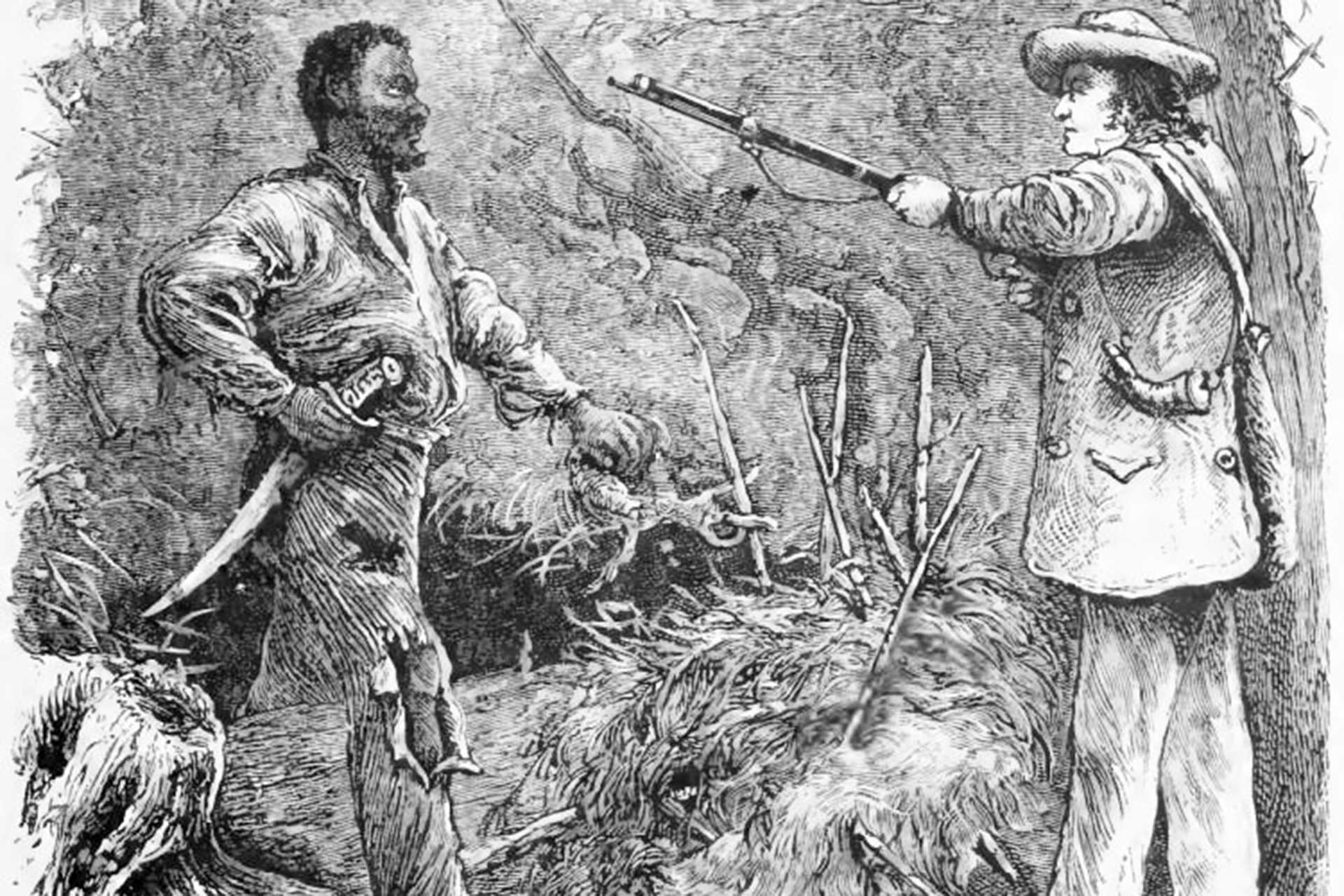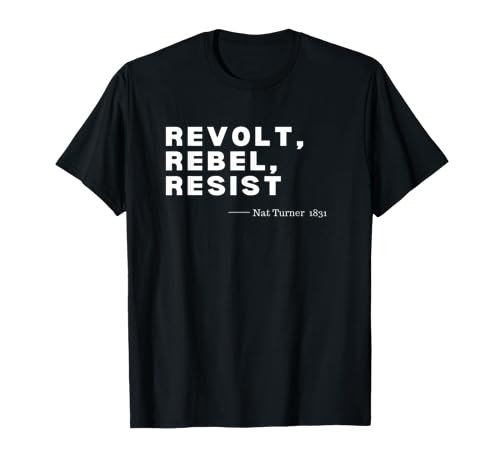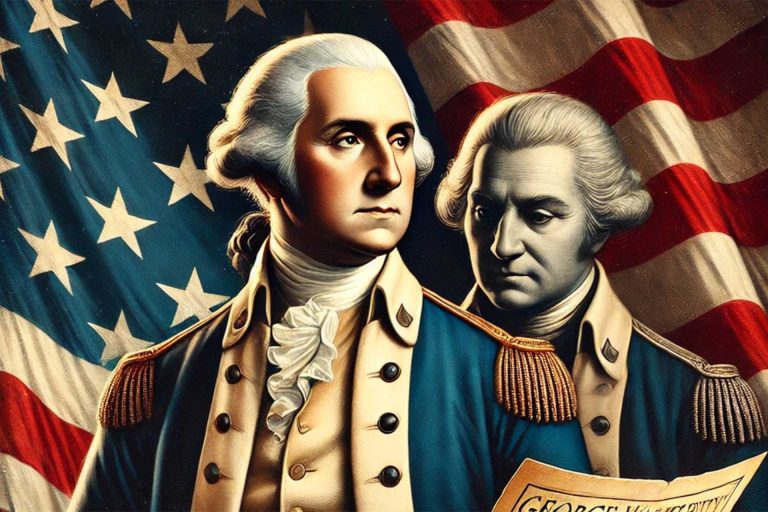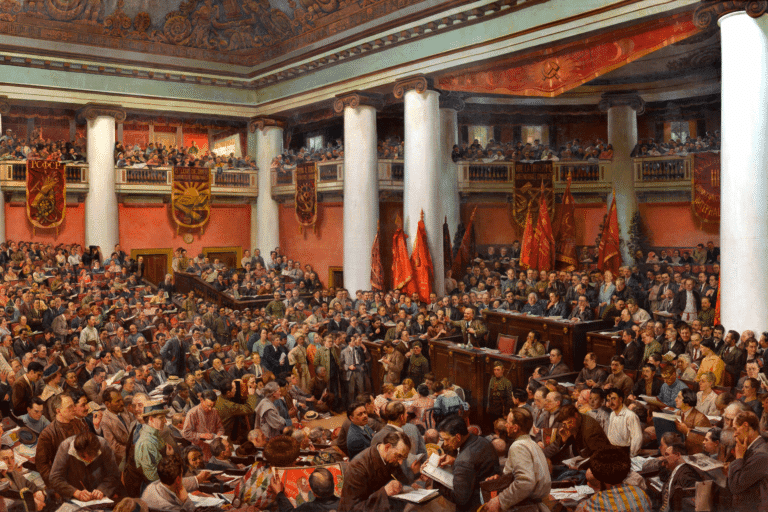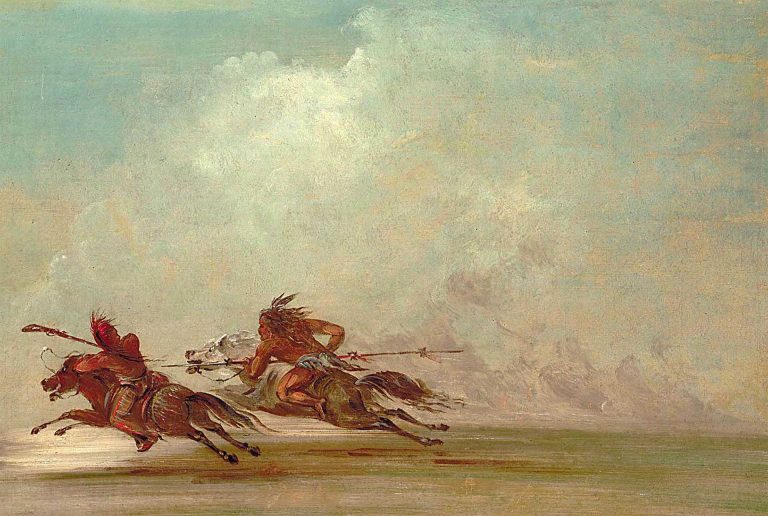The Nat Turner Revolt and the Struggle for Black Freedom
Nat Turner was a slave preacher who believed God called him and who led a slave rebellion in Southampton County, Virginia, in 1831. He gathered a group of slaves and free blacks to rise up against their masters. The event was a pivotal moment in American history, as it revealed the brutal truth of slavery and the lengths that enslaved people were willing to go to gain their freedom. The rebellion also exposed the precarious balance of slavery and the hypocrisy of white people who claimed that God sanctioned their ownership of slaves.
Historical Context
Slavery was central to Virginia’s early-19th-century economy and social order. Plantations and farms depended on the labor of enslaved people to produce crops like tobacco and cotton, while smaller farms also relied on them to produce food for the family and community. By 1830, Virginia had the largest enslaved population of any US state, with over 470,000 people. White Virginians professed to depend on slavery for their own prosperity, but the institution also relied on violence, fear, and manipulation.
White people passed laws to define and restrict the rights of enslaved people, such as a law forbidding them to learn to read and write or to congregate in groups without a white person present. The system of slavery was cultural, informing Southern laws and customs, politics, power, and identity.
For an enslaved person, life was difficult and dangerous. Enslaved people labored from dawn to dusk, under threat of punishment. Whippings and other forms of violence were both disciplinary and a means of controlling people in general. Enslaved families were in constant danger of being sold and separated. Children could be taken away from their parents with a single week’s notice, as William H. Francis, an overseer in Southampton County, later bragged. “The cry of the slave mother, whose children were torn from her,” Lewis Clarke, who had been enslaved in Southampton County, later wrote, “rings in my ears even now.”
At the same time, enslaved people created their own relationships, communities, and modes of support. They shared stories and customs, often finding solace in religion, music, and family. Some embraced Christianity as a means of expressing their faith and liberation, interpreting the Bible as a promise of freedom and deliverance. Nat Turner would draw on this tradition of faith later in his life.
In the North, voices of abolition were growing louder. Newspapers, speeches, and pamphlets from white reformers like William Lloyd Garrison began to reach even Southern communities. Abolitionists saw slavery as a moral sin, and their message began to make its way South. In 1831, the same year as Turner’s revolt, Garrison’s Liberator began publication. Abolitionist voices offered hope to enslaved people and free blacks, but they also stoked fear in white Southerners, who knew that enslaved people had fewer rights and little control over their own lives. White people feared that abolitionist sentiment would only encourage rebellions, and they passed stricter laws and harsher punishments in a bid to maintain their control over their “property.”
In that way, there was an uneasy balance of fear and control. In Virginia, for example, there had been some talk of gradual emancipation in certain quarters. However, any efforts to challenge the status quo provoked howls of protest and resistance from those with an investment in the system. Nat Turner’s revolt was both the result of this kind of tension and an accelerant that brought the nation’s divisions into the open. It was inevitable and desperate, a response to the dehumanizing conditions of slavery.
Nat Turner’s Life and Beliefs
Nat Turner was born into slavery in Southampton County, Virginia, in 1800. From an early age, others recognized his intelligence and contemplative nature. He was not like other enslaved children; he was more curious and watchful. Turner learned to read, which was uncommon for enslaved people, and spent a lot of time reading the Bible.
As he matured, those around him thought he was destined for a higher purpose. His literacy and spiritual authority were atypical and conferred a certain prestige upon him in the eyes of both enslaved families and white neighbors. Some white people even referred to him as a “negro child marked by God,” believing that he was destined for a greater purpose.
Turner grew to be a prominent preacher among the enslaved as he got older, and he was known for his intellectual and penetrating sermons. He combined biblical teachings with a message of spiritual renewal. He was also seen as a prophet, with the power to interpret signs and dreams. He was known for his quiet strength and for providing guidance and comfort to others.
Turner developed his sense of religious authority and identity as a preacher. He started having visions that he felt were sent to him from God. Turner was able to persuade others of the veracity of his beliefs because of his knowledge of the Bible and his spiritual authority. Turner’s literacy, oratorical ability, and prophetic visions provided him with a unique position among both enslaved and free blacks.

Turner became convinced that God had singled him out to lead his people out of slavery. He saw signs in the heavens and in the world around him and interpreted them as messages from God. One account of Turner’s early life contains the following passage about one of his visions: “He said that he saw white spirits and black spirits engaged in battle,” which he interpreted as a sign of an impending great conflict.
Turner’s visions became a powerful influence on him, convincing him that he was chosen to be a prophet and leader. He writes in a passage from The Confessions of Nat Turner: “The Power would come to me and reveal things to me. I was commanded to take down a rebellion.” Turner’s beliefs were a powerful force in his life and the lives of those who followed him.
Turner used the Bible and his own spiritual experiences to make sense of the world around him. He had a strong sense of destiny and was able to communicate that to others. He viewed his role as part of a larger cosmic struggle for justice. The dreams and signs that he saw in the natural world were not just personal experiences; they were a call to action for Turner and those who followed him. In one of his early visions, Turner describes seeing “two lights in the heavens fighting together like a man.”
He later interpreted this as a sign that he had been chosen to lead his people out of slavery. Turner’s beliefs became powerful subtexts in his life, and they served as reminders to the enslaved that their condition was neither natural nor immutable.
The Revolt of 1831
Nat Turner and the other conspirators organized and planned the rebellion for many months. They would gather together in secret in the woods on a regular basis to discuss their plans and, whenever possible, obtain weapons and hatchets. Turner’s conspirators included four enslaved men: Henry, Hark, Nelson, and Sam. The other enslaved men selected Nat Turner to be their leader, and for several months, the group met to make plans for the revolt. Turner and his followers decided to begin the revolt on the night of August 21, 1831. Turner was convinced that the night of the rebellion was an omen from God, and he was simply an instrument in the hands of God.
Turner and the other rebels began the rebellion at the home of Travis, who enslaved Nat Turner. The rebels killed Joseph Travis and his family before they went on to other nearby homes and began killing and liberating enslaved people. Turner and his followers would travel from farm to farm in the area, killing enslavers and emancipating enslaved people as they went. As the rebellion spread, other enslaved people joined Turner’s cause, and in a matter of days, he had nearly seventy men following him. The rebellion would march to Jerusalem, which was the county seat (now called Courtland), and the movement would continue by emancipating people along the way.

News of the rebellion caused terror and panic to spread among white people in the area. The rebellion had killed around fifty-five men, women, and children when local militias met with Turner and the other rebels. Turner would later explain to his interrogators that he believed that the killings were part of God’s will. He stated, “Was not Christ crucified?” The killings were both a necessity and a part of a holy mission for Turner and his followers.
The rebellion was over within a few days as the militias and federal troops tracked the rebels across the countryside. Armed patrols began to skirmish with Turner and his men, killing and scattering the enslaved rebels. Many of the rebels were executed in the days following the rebellion, and others were hunted down in the weeks and months after the rebellion. Nat Turner and his rebellion failed, but they revealed how fragile slavery was as an institution and how far people would go for their freedom.
Aftermath and Suppression
Nat Turner was caught on October 30, 1831, after two weeks on the run. He was hiding in a dugout on the James River near Westbrook, a few miles from his Southampton home. The end of the hunt for Turner meant that Nat Turner was immediately brought to trial. Turner’s testimony during his trial was half-confession, half-religious declaration.
In The Confessions of Nat Turner, Thomas R. Gray wrote of Turner, who by all accounts told the truth to his lawyers, “It is well known that during the time of the late dreadful rebellion in Southampton, he acted an active and most extraordinary part, in obeying, as he supposed, the commands of the Almighty God”. Nat Turner was found guilty of insurrection and was hanged on November 11. His body was later mutilated as an example to other enslaved people.
White militias and mobs began killing Black people in the county and surrounding counties even before Turner’s execution. Historians disagree on the exact number, but between one hundred and two hundred Black men, women, and children were killed in the rebellion’s reprisals. Many of the victims were unconnected to the uprising. A Virginia newspaper described the countryside as “reddened with the cries of the slaughtered”. White people exacted their revenge and their dominance in the countryside.
Free Black people were also victimized by the violence that followed the rebellion. Rumors spread that Turner’s uprising was the first in a conspiracy that extended beyond Southampton. As a result, free African Americans were subject to increased surveillance and suspicion. Some free Blacks were arrested, expelled, or harassed by white militias and vigilantes. The revolt negatively impacted the already precarious position of free Black people in the South.

Southern lawmakers acted quickly to restrict free Black people and enslaved people in the months after the rebellion. Virginia and other slaveholding states quickly passed new slave codes designed to prevent further uprisings. The new measures included restrictions on teaching enslaved people to read and restrictions on the ability of enslaved people to gather for worship without white supervision. The laws were designed to prevent the empowerment that had given Turner and his followers a sense of mission and agency.
Turner’s rebellion revealed just how fragile slavery seemed to those in the South. The revolt itself was short and easily suppressed, but its memory lingered in the minds of Southern lawmakers. While the revolt was a failure, its legacy was one of fear and harsher repression. In the minds of many slaveholders, Turner’s revolt revealed that their system was only held together by the thinnest of lines that could only be sustained by vigilance and violence. The legacy of Nat Turner’s revolt hardened the divisions between North and South and further entrenched slavery in the South while galvanizing the abolitionist movement in the North.
Legacy and Memory
Nat Turner is a figure in American history who remains contentious and polarizing. To some, he is a prophet and freedom fighter who stood up to the evils of slavery. To others, he was a dangerous radical and fanatical threat to social order. His story has been retold in different ways to suit various narratives. The question of Nat Turner’s legacy is therefore an extension of the more fundamental question of how he should be defined. Was he a martyr for justice and freedom? Or a violent extremist? The answer to this question is ultimately contingent on how one views slavery and resistance.
Nat Turner has been the subject of various literature and scholarship, with authors and historians portraying him in divergent lights. In 1967, William Styron published a novel titled The Confessions of Nat Turner which reimagined and retold Turner’s story, causing controversy for its portrayal of Turner. More recently, The Birth of a Nation, the 2016 film, attempted to take back Turner’s narrative and to tell his story as the hero of Black freedom it was. Academic studies have continued to offer new perspectives and insights into the revolt and its implications in religious, social, and political terms.
Turner’s story has often been a source of inspiration to African Americans, serving as a symbol of resistance in the face of oppression. His willingness to act and to risk his life, even in the face of almost certain death, powerfully communicated the desperation of enslaved people and the strength of their desire for freedom. Writers like Frederick Douglass would later note that rebellions like Nat Turner’s had been necessary to reveal the true nature of slavery: its violence, its inhumanity. Remembering Nat Turner and his revolt, then, was one way of honoring those who resisted slavery.
The Nat Turner revolt also has lessons for us about the moral ambiguities of resistance, violence, and justice. On the one hand, it took many innocent lives, and one could argue that it took too many. On the other hand, it showed that people would rather die than allow their dignity and humanity to be completely stripped from them. Nat Turner’s story is a reminder that slavery was not passively accepted by the enslaved but resisted, in one form or another, at every opportunity. His memory, therefore, also forces us to think about how we might best fight for dignity and freedom under conditions of extreme oppression.
Nat Turner’s legacy lives on as a source of both inspiration and controversy. His revolt is one of the most potent examples of collective resistance in American history. The debates around his memory force us to grapple with the fact that the fight for freedom is never easy, often costly, but always necessary. Nat Turner’s story and legacy echo down through the generations as part of that struggle for justice and human dignity.
Final Reflections
Nat Turner’s revolt was one of the most impactful resistance acts in American history. It demonstrated the desperation of enslaved people and their readiness to fight for their freedom at all costs. Turner’s rebellion also revealed the fragility of slavery and the hypocrisy of white people who used religion to justify owning other human beings as their property. Nat Turner’s story and the revolt of 1831 have continued to inspire and provoke discussions about race, justice, and resistance. They remind us that the struggle for freedom and equality is ongoing and that the legacy of slavery and resistance lives on in modern America.
Nat Turner’s revolt was inevitable and a product of its time. The historical event had a significant impact on the history of America, as it revealed the brutalities of slavery and the lengths enslaved people would go to fight for their freedom. The rebellion also showed the unstable stability of slavery and the hypocrisy of white people who used religion to justify their ownership of slaves.

